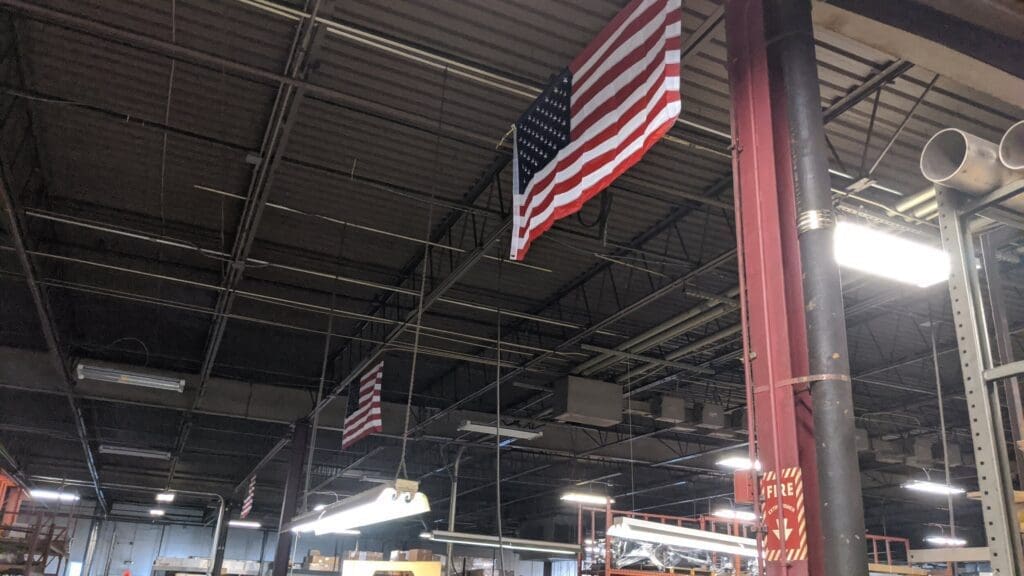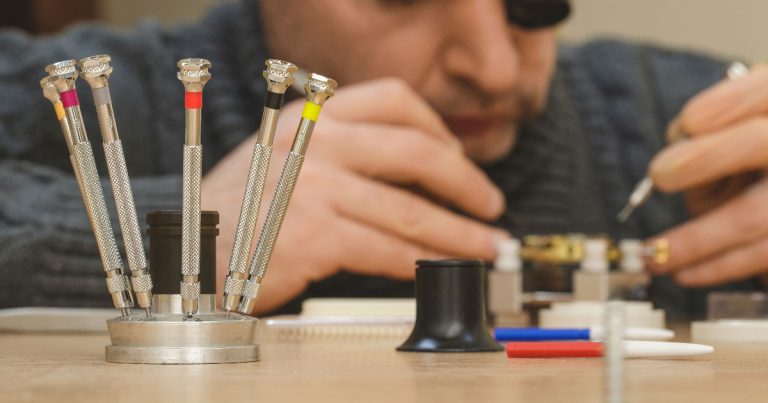The Essential Guide to Choosing the Right Plier for Your Needs
Pliers are indispensable tools in various industries and home improvement projects. Their versatility makes them essential for gripping, bending, and cutting tasks. Whether you’re a professional tradesperson or a DIY enthusiast, understanding the different types of pliers and their applications can significantly enhance your efficiency and precision. This guide delves into the different types of pliers, their uses, and offers advice on selecting the right plier for your specific needs. Additionally, we’ll explore how pliers are often used in conjunction with geogrid materials in construction and landscaping projects.
What are the different types of pliers and their uses?
Pliers come in various types, each designed for specific tasks:
- Needle-Nose Pliers: Ideal for precision work, needle-nose pliers have a long, narrow nose that allows access to tight spaces. They are commonly used for bending wires and gripping small objects.
- Cutting Pliers: These pliers are designed to cut through wire and other materials. They come in flush-cut, side-cut, and diagonal-cut varieties, each suited for different cutting needs.
- Slip-Joint Pliers: Featuring adjustable pivot points, slip-joint pliers can grip various sizes of objects. They are versatile and commonly used for holding, twisting, and turning.
- Locking Pliers: Also known as vise-grip pliers, these have a locking mechanism that allows them to clamp tightly onto objects. They are useful for holding objects securely and applying consistent pressure.

How do you choose the right plier for a specific task?
Choosing the right plier involves considering the task at hand:
- Precision Tasks: For intricate tasks or working in confined spaces, needle-nose pliers are the best choice due to their fine tips and ability to maneuver in tight areas.
- Cutting Needs: If you need to cut wire or other materials, select cutting pliers based on the type of cut required. Flush-cut pliers are best for clean cuts, while side-cutters are ideal for tougher materials.
- Gripping and Turning: For tasks requiring grip and rotation, slip-joint pliers offer flexibility with their adjustable pivot points, making them suitable for various sizes and shapes of objects.
- Heavy-Duty Applications: When dealing with heavy or awkward objects, locking pliers provide a secure grip and can handle significant pressure, making them ideal for demanding tasks.
How are pliers used in construction projects involving geogrid?
In construction projects that incorporate geogrid materials, pliers are often used for various tasks:
- Handling and Placement: Pliers assist in the precise placement of geogrid materials, especially when aligning and securing them in place during installation.
- Cutting and Adjustments: Pliers are useful for cutting geogrid materials to the required size and making adjustments to ensure proper fit and functionality.
- Securing Connections: During the installation of geogrid systems, pliers help in tightening and securing connections, ensuring that the geogrid integrates well with other construction elements.
What should you consider when maintaining pliers?
To ensure longevity and optimal performance, consider the following maintenance tips:
- Regular Cleaning: Keep pliers clean and free of debris to prevent rust and corrosion. Wipe them down after each use and store them in a dry place.
- Proper Lubrication: Apply a light lubricant to the pivot points to maintain smooth operation and prevent sticking or seizing.
- Inspection for Wear: Regularly check for signs of wear or damage, such as loose joints or chipped edges, and replace any damaged parts as necessary.
Pliers are versatile tools that play a crucial role in a wide range of tasks, from precise operations to heavy-duty applications. Understanding the different types of pliers and their specific uses can help you select the right tool for your needs. In construction projects involving geogrid materials, pliers are invaluable for handling, cutting, and securing these materials effectively. By choosing the right pliers and maintaining them properly, you can ensure efficient and precise performance in your projects.




